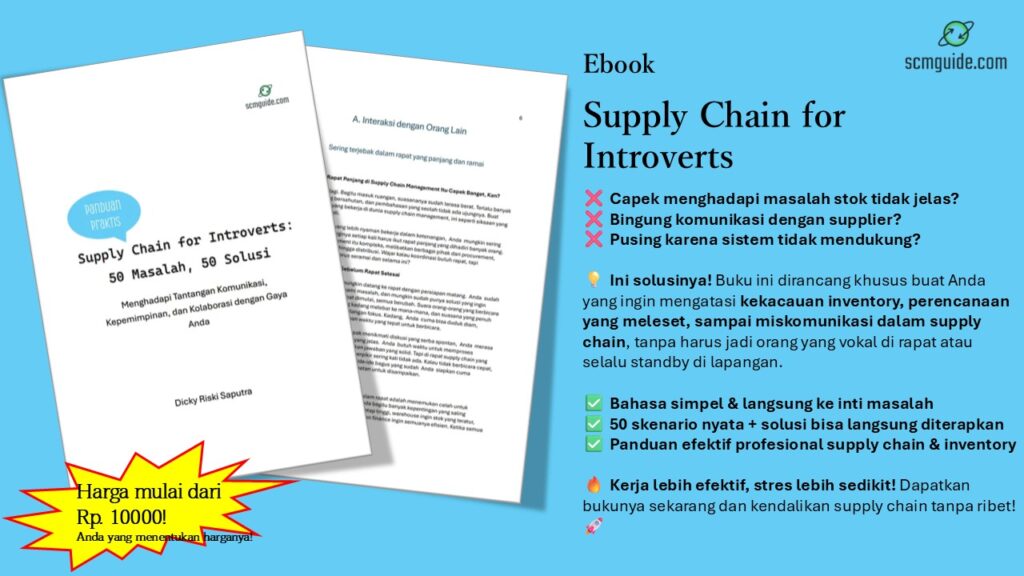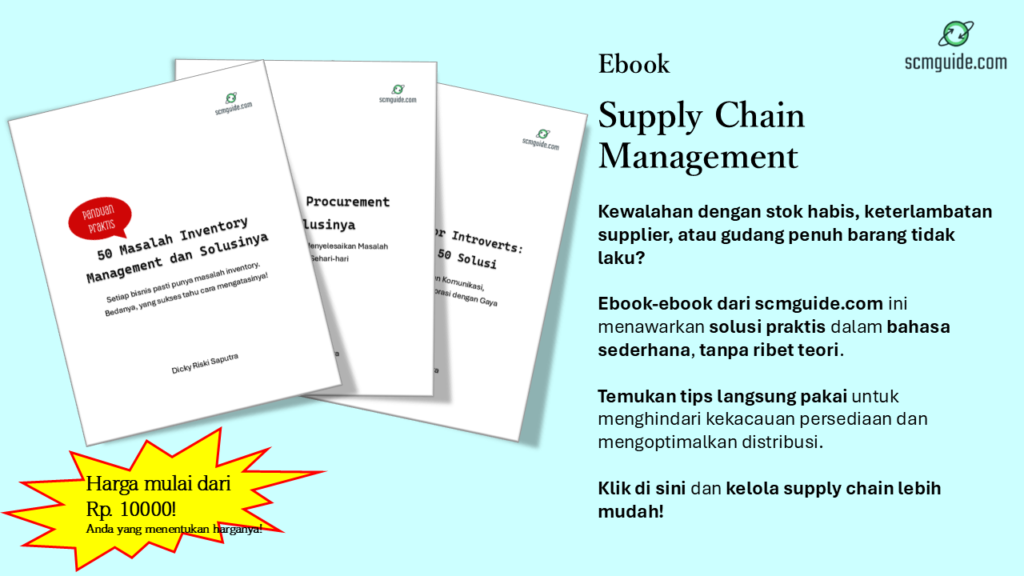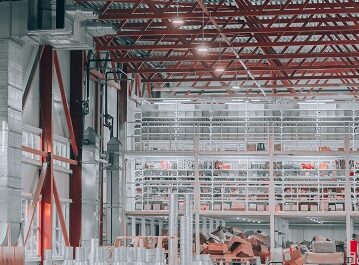Your company has spent years building a strong export business. The supply chain is running smoothly, customers are satisfied, and everything seems to be on track. Then one day, the news drops—your key export market has just slapped a 30% import duty on your product. Just like that, your price advantage disappears, and buyers start looking elsewhere. What now?
This is the harsh reality many exporters face when import duties suddenly skyrocket. Governments impose these tariffs for various reasons—protecting local industries, addressing trade imbalances, or responding to political tensions. But for businesses like yours, the impact can be immediate and severe. Sales drop, profits shrink, and long-term supply chain relationships are thrown into uncertainty.
Before we go further into this topic, don’t forget to follow my LinkedIn account. You’ll get more helpful insights on supply chain management there.
Table of Contents
The Immediate Business Impact
With a high tariff in place, your products instantly become more expensive in the target market. Customers who were once loyal start looking for local alternatives or shift to suppliers from countries with lower tariffs. Even long-term contracts might come under pressure, as buyers renegotiate or cancel orders altogether. The once-thriving export pipeline turns into a trickle, and warehouse inventory starts piling up.
Beyond revenue loss, there’s the ripple effect on your entire supply chain. Suppliers who depend on your orders might cut production, leading to layoffs and economic instability. Logistics partners see reduced shipments, making freight rates more volatile. The disruption isn’t just about losing a customer—it’s about the entire ecosystem that supported your business being thrown off balance.
Supply Chain Struggles: More Than Just Sales
Supply chain management isn’t just about moving goods from point A to point B. It’s about managing relationships, costs, and efficiency. When a key market becomes less viable due to high tariffs, everything must be re-evaluated.
First, raw material procurement may be affected. If your export volumes drop, you might need to adjust purchasing contracts, potentially losing bulk discounts. Production planning becomes more complex, as forecasting demand in unstable markets gets trickier. Warehousing and inventory control also become a challenge—should you store excess stock, slow down production, or redirect goods elsewhere? None of these choices are easy, and each comes with financial consequences.
Then there’s the logistics issue. Freight routes optimized for high-volume shipments may no longer be viable. If shipments become infrequent, economies of scale disappear, pushing up per-unit transportation costs. Supply chain agility is tested, forcing businesses to rethink how they move products and manage distribution networks.
You might also like:
- Surviving Peak Season and Holiday Road Restrictions Without Chaos
- When Governments Make Trade Harder What Can Supply Chains Do?
What Can Supply Chain Do?
While high import duties feel like an uncontrollable external force, supply chain professionals have a crucial role in mitigating the impact. The first step is reassessing the overall supply chain strategy. This could mean exploring alternative markets. If one country imposes tariffs, are there nearby regions with friendlier trade policies? Market diversification isn’t just a defensive move—it’s a long-term strategy for resilience.
Another approach is shifting production closer to the target market. If tariffs apply only to imports, setting up a local assembly or manufacturing operation could sidestep the issue. This, of course, requires investment and careful planning, but it’s a proven strategy used by companies facing protectionist trade policies.
Re-negotiating supplier and logistics contracts can also provide relief. If lower export volumes are unavoidable, securing flexible terms with suppliers and freight partners can help absorb the financial shock. Optimizing routes, consolidating shipments, and leveraging trade agreements can all help reduce additional costs.
Innovation and Long-Term Strategy
Tariffs often push businesses to innovate. If cost increases are inevitable, is there a way to justify a higher price through added value? Enhancing product differentiation, improving efficiency, or bundling services can help maintain competitiveness even in a high-tariff environment.
At the same time, lobbying efforts and trade negotiations shouldn’t be overlooked. Industry associations and trade bodies often work to ease restrictions or create special agreements. Being part of these discussions can help businesses influence future policy changes.
Real-World Case Studies: How Companies Adapted
History is full of examples where companies faced sudden tariff hikes and found ways to survive—or even thrive. Take the case of a European car manufacturer that faced steep tariffs when exporting to an Asian country. Instead of accepting lower sales, they built an assembly plant within the target market. This move allowed them to bypass import duties and even benefit from local tax incentives.
Similarly, an agricultural exporter from South America faced import restrictions in the U.S. Instead of losing its primary market, the company pivoted to new regions with growing demand, such as the Middle East and Africa. By adjusting its logistics network and leveraging trade agreements in new territories, the company not only survived but expanded its reach.
You might also like:
- Why Your Supply Chain Will Never Be Perfect and That’s Okay
- Do You Really Need a 3PL or Can You Handle Logistics In-House?
Supply Chain Digitalization: The Key to Agility
One of the biggest advantages companies have today compared to past trade wars is digital technology. Advanced supply chain analytics, artificial intelligence, and blockchain solutions allow businesses to react faster to trade disruptions. Predictive analytics can forecast how tariff changes might impact different regions, helping companies make proactive decisions.
Blockchain technology, meanwhile, enhances transparency in trade agreements and supply chain operations. With clearer visibility on sourcing, customs compliance, and trade documentation, businesses can optimize their global supply chains more efficiently. Investing in these tools is no longer optional—it’s a necessity for companies that want to remain competitive in an uncertain trade environment.
Policy Shifts and the Importance of Government Relations
Trade policies are constantly evolving, and high tariffs imposed today might be removed in the future. That’s why businesses should engage with policymakers and industry associations to advocate for favorable trade conditions. Governments often reconsider tariffs if they lead to unintended negative consequences, such as job losses or inflation in the domestic market.
Building strong relationships with trade representatives, participating in trade negotiations, and staying updated on policy changes can give businesses a strategic advantage. It’s not just about reacting to tariffs—it’s about influencing the trade landscape before drastic measures are implemented.
The Road Ahead: A More Resilient Supply Chain
No company wants to be caught off guard by sudden import duties. The key to resilience is proactive planning, diversification, and flexibility. Supply chains that rely too heavily on a single market are always at risk of trade disruptions. By diversifying markets, investing in local production, leveraging digital tools, and engaging with policymakers, businesses can build a more adaptive and resilient global supply chain.
High import duties are a challenge, but they also present an opportunity to rethink strategies, innovate, and strengthen supply chain agility. Companies that embrace this challenge will not only survive—they’ll emerge stronger and more prepared for the ever-changing global trade landscape.
I hope you find it helpful!
Please share this article with your colleagues so they can also benefit. For more insights on supply chain management, follow my LinkedIn account. You’re free to use all articles on this blog for any purpose, even for commercial use, without needing to give credit.

 by
by 



